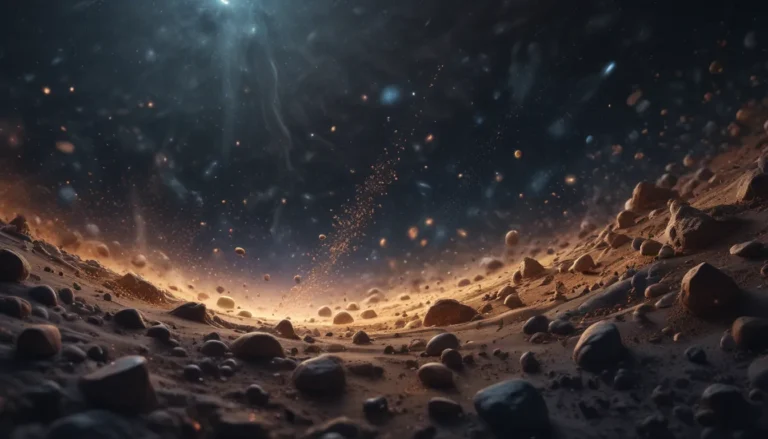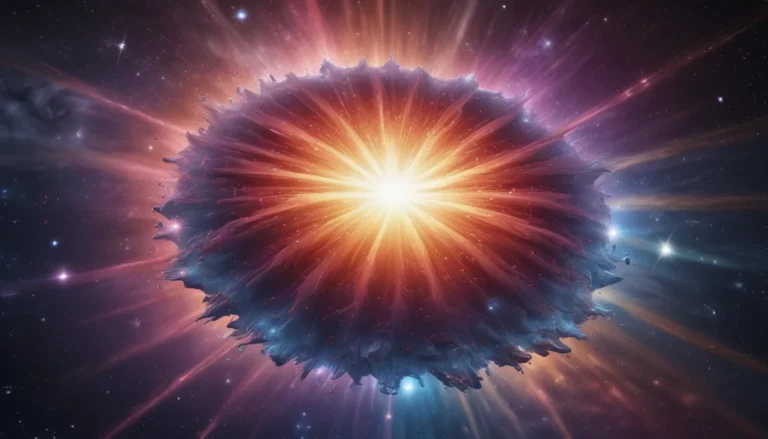The pictures we use in our articles might not show exactly what the words say. We choose these pictures to make you interested in reading more. The pictures work together with the words but don’t take their place. The words still tell you the important facts.
Space debris poses a significant threat to space exploration and satellite infrastructure. With the increasing number of man-made objects orbiting Earth, the need for robust tracking systems has become paramount. These systems act as cosmic detectives, monitoring and predicting the trajectories of space debris to prevent catastrophic collisions and safeguard current and future space missions.
Understanding Space Debris
Space debris includes defunct satellites, spent rocket stages, and other fragments floating in space. Traveling at high velocities, these objects can cause collisions and contribute to the accumulation of more debris. To address this issue, the Space Surveillance Network (SSN) is responsible for tracking and cataloging space debris. Utilizing a network of radars, telescopes, and sensors, the SSN monitors over 27,000 objects larger than 10 centimeters in diameter to predict potential collisions.
Tracking Systems and Technologies
Space debris tracking systems employ a combination of radar systems and optical telescopes. Radar systems detect larger debris, while optical telescopes track smaller objects, providing comprehensive and accurate information on their location and trajectory. Advanced algorithms analyze tracking data to predict potential collisions, enabling satellite operators to maneuver spacecraft and avoid accidents.
Levels of Tracking and Collaboration
Space debris tracking involves conjunction analysis to predict close approaches and re-entry prediction to estimate debris re-entry into Earth's atmosphere. Laser ranging systems accurately measure distances to space debris, facilitating precise tracking and parameter updates. International collaborations, such as the European Space Agency's Space Debris Office and the Inter-Agency Space Debris Coordination Committee, exchange data and strategies to minimize risks associated with space debris.
Ensuring Space Sustainability
Space debris tracking systems play a crucial role in satellite collision avoidance, providing timely information for operators to perform collision avoidance maneuvers. Scientists and engineers continuously develop advanced tracking technologies, such as space-based sensors and AI algorithms, to enhance monitoring capabilities. By actively tracking and mitigating space debris, these systems contribute to long-term space sustainability and the design of future spacecraft.
Conclusion: Navigating the Cosmos Safely
In conclusion, space debris tracking systems are indispensable for ensuring the safety and sustainability of space exploration. By monitoring and analyzing space debris, these systems enable us to mitigate risks and plan for future missions effectively. As we continue to venture into space, prioritizing the development and enhancement of space debris tracking systems is essential for the longevity of our activities beyond Earth's atmosphere.
FAQs: Exploring Space Debris Tracking
-
What is space debris tracking?
Space debris tracking involves monitoring and analyzing the position, trajectory, and characteristics of space debris objects in Earth's orbit. -
Why is space debris tracking important?
Effective space debris tracking helps avoid collisions between operational spacecraft and debris, safeguarding space missions and infrastructure. -
How do space debris tracking systems work?
These systems utilize ground-based radars and telescopes to track space debris, calculating their positions and trajectories to assess collision risks. -
What advancements have been made in space debris tracking systems?
Recent advancements include the ability to track smaller debris objects and provide more accurate data on their orbital positions. -
How can space debris tracking aid future space missions?
By providing information on safe orbital paths and collision risks, space debris tracking helps plan space missions, satellite launches, and end-of-life satellite disposal. -
Are there international efforts to address space debris tracking?
Yes, international organizations like the European Space Agency and NASA collaborate on improving space debris tracking and mitigation strategies.
Dive deeper into the enigmatic world of space debris tracking to uncover the innovative solutions that shape our understanding of space sustainability. Trust in our commitment to quality and authenticity as we navigate the cosmos together.





